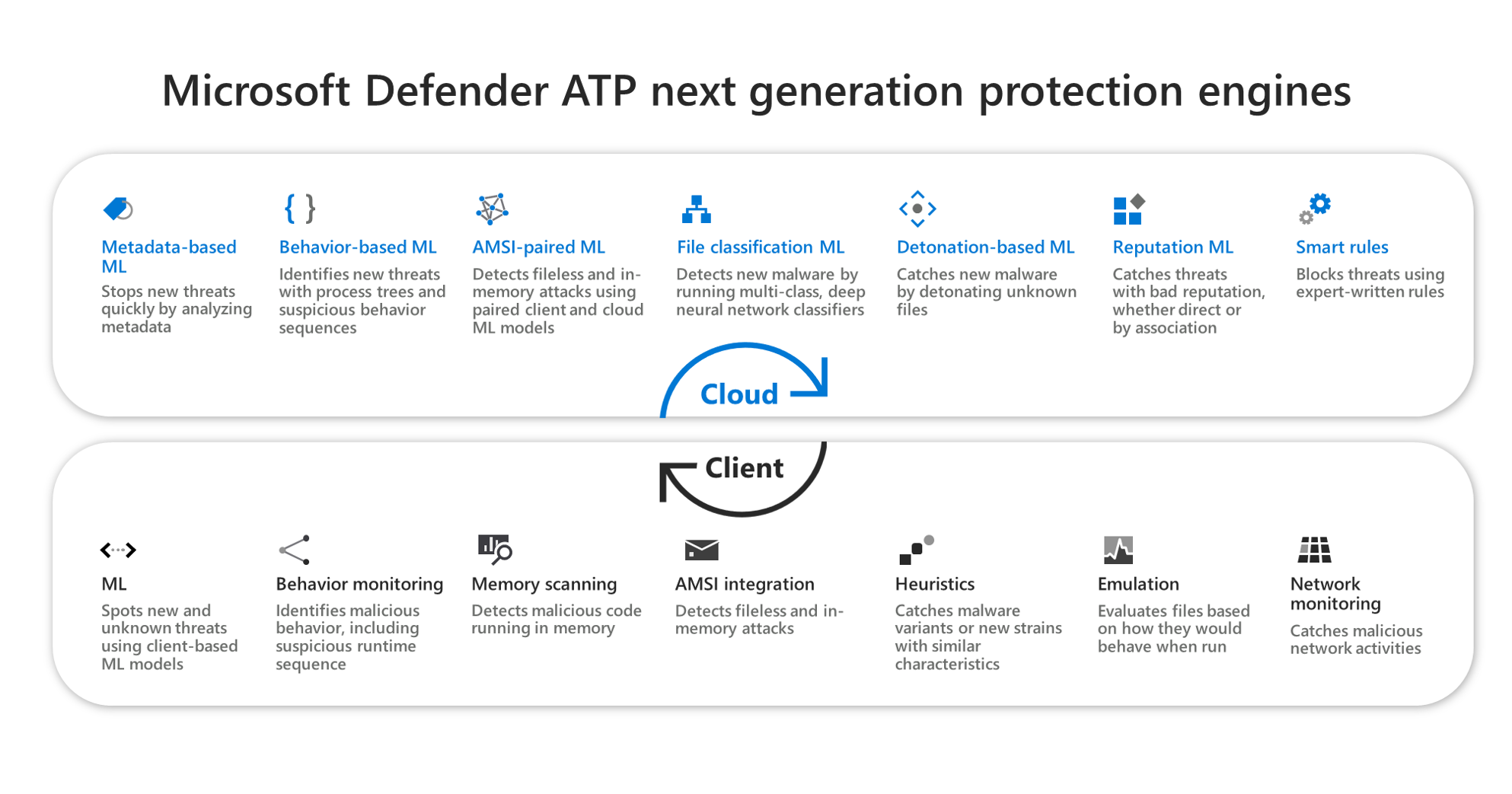- Aug 27, 2020
- 446
Hey, I am no big techie so bare with me.
I have a question how can Windows Defender be as good as the competition when they not update their definitions as often as them?
Bitdefender Total Security update their threat information once 2-5 hours, and Windows Defender update sometimes not even once in 24 hours.
How can Windows Defender keep up?
I have a question how can Windows Defender be as good as the competition when they not update their definitions as often as them?
Bitdefender Total Security update their threat information once 2-5 hours, and Windows Defender update sometimes not even once in 24 hours.
How can Windows Defender keep up?

